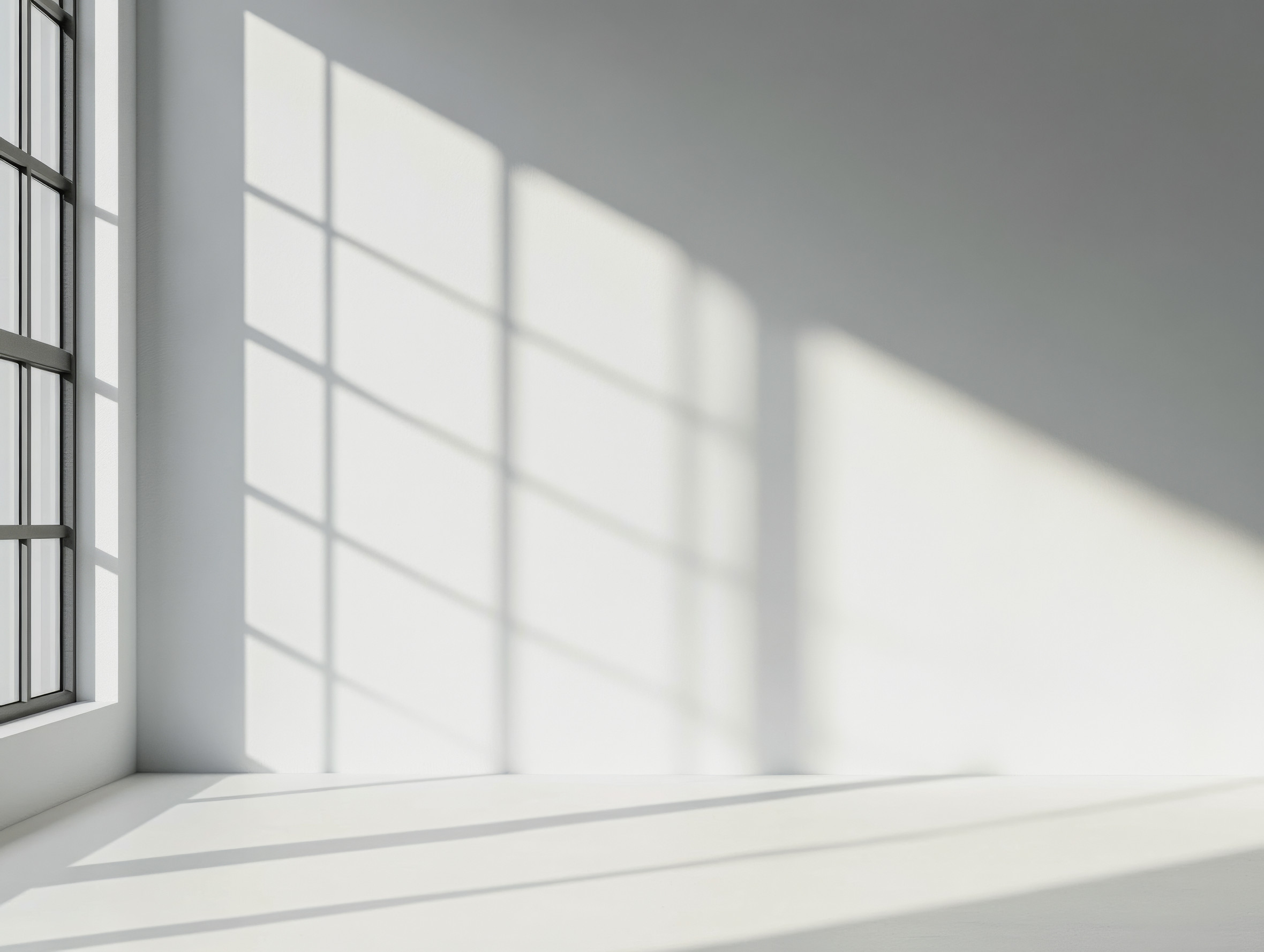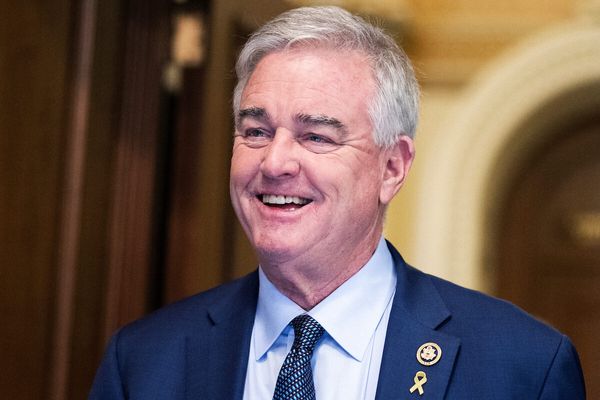
Minimalism promises freedom, clarity, and less clutter—but sometimes it does the exact opposite. Instead of saving money or simplifying life, it quietly pushes people into pricey, over-the-top choices. The idea of “less is more” sounds appealing, but when taken too far, it can turn into “less is more expensive.”
The pursuit of clean lines, empty space, and premium simplicity often comes with a hefty bill attached. These eight examples show how minimalism has a sneaky way of making people reserve more than they actually need.
1. The All-White Sofa That Eats Your Budget
Minimalists love the pristine, white sofa as the ultimate statement of calm. But when that glowing white centerpiece inevitably meets red wine or a coffee spill, regret comes fast. Cleaning services, slipcovers, and eventual replacement costs add up quickly. What seemed like a “simple” choice becomes a long-term maintenance plan. Suddenly, a minimalist couch becomes a very non-minimalist expense.
2. The Empty Kitchen That Requires Takeout
A spotless, appliance-free kitchen looks fantastic in photos, but it’s a nightmare for real living. Without basics like a toaster, microwave, or even proper pots, the minimalist kitchen drives people straight to takeout menus. Eating out multiple times a week ends up costing far more than stocking practical tools. The sleek counters come at the price of skyrocketing food bills. Minimalism, in this case, feeds the local restaurants more than the household.

3. The Capsule Wardrobe That Demands Designer Tags
The minimalist capsule wardrobe preaches owning fewer clothes, but every piece is expected to “last forever.” That often means dropping hundreds on designer-quality basics to avoid buying fast fashion. Instead of variety, the closet fills with pricey items that wear out just like anything else. Replacing them feels more painful when the cost per shirt is shocking. Minimalism here leads to splurging under the guise of “investment.”
4. The Bare Walls That Require Pricey Artwork
Blank walls look airy at first, but eventually they scream for attention. Minimalist homeowners often fill the void with one or two expensive “statement” art pieces. Instead of many affordable accents, the pressure builds to buy a high-ticket item that “fits the aesthetic.” The price of one large canvas can rival furnishing an entire room. The result: minimal décor, maximum receipt.
5. The Tiny House That Needs Constant Upgrades
Minimalism champions small living, with tiny houses and micro-apartments stealing headlines. But fitting everyday life into a box comes with extra costs, from storage rentals to pricey fold-out furniture. Builders charge premiums for custom compact designs, while owners pay for constant upgrades to make space functional. What was supposed to be freedom turns into managing hidden fees. The dream of “living small” often comes with oversized bills.
6. The Neutral Color Scheme That Never Feels Finished
Beige, gray, and white look clean, but too much neutrality feels unfinished. To break the monotony, minimalists often chase expensive statement furniture or designer rugs. Suddenly, the promise of “simplicity” means dropping big money to avoid looking boring. Instead of letting color carry the room, minimalism forces big-ticket purchases. The result is a space that’s minimal in color but maximal in spending.
7. The Sleek Tech Upgrade That Dates Too Fast
Minimalists love seamless, all-in-one gadgets that hide clutter. But those sleek tech solutions—whether smart speakers, hidden TVs, or wireless everything—age fast. Every new version promises to be slimmer, cleaner, and more “essential.” The cycle of upgrades quickly becomes a splurge ritual disguised as simplicity. The clean look comes at the expense of constant replacements.
8. The Minimal Wedding That Costs a Fortune
Minimalist weddings sound cheaper: fewer flowers, fewer guests, fewer frills. Yet vendors slap the word “minimalist” on packages that cost just as much, if not more, than traditional ones. Couples splurge on high-end venues and chic, understated décor to “fit the look.” The result is often a wedding that feels simple but drains the savings. The price tag proves minimalism isn’t always minimal.
When “Less” Costs a Lot More
Minimalism can feel refreshing, but it often hides unexpected expenses. From spotless sofas to stripped-down kitchens, the pursuit of simplicity can turn into a luxury lifestyle. The lesson isn’t to abandon minimalism but to watch where it crosses the line into needless splurge. Sometimes more practicality—not less—actually saves money and stress.
What do you think? Share your thoughts in the comments below—has minimalism ever tricked you into spending more than you planned?
You May Also Like…
The True Cost of Owning Less: Why Minimalism Isn’t Always Cheaper
7 Reasons New Homes Are Getting Cheaper—and Riskier
7 Home Decor Items That Tell Observers You’re Often Alone
6 Ways to Furnish A Small Space Like an Experienced Interior Decorator
The Rise of Minimalist Living: How to Declutter Your Life in 2025
The post 8 Times “Minimalism” Led to Unneeded Splurge Reservations appeared first on Everybody Loves Your Money.







